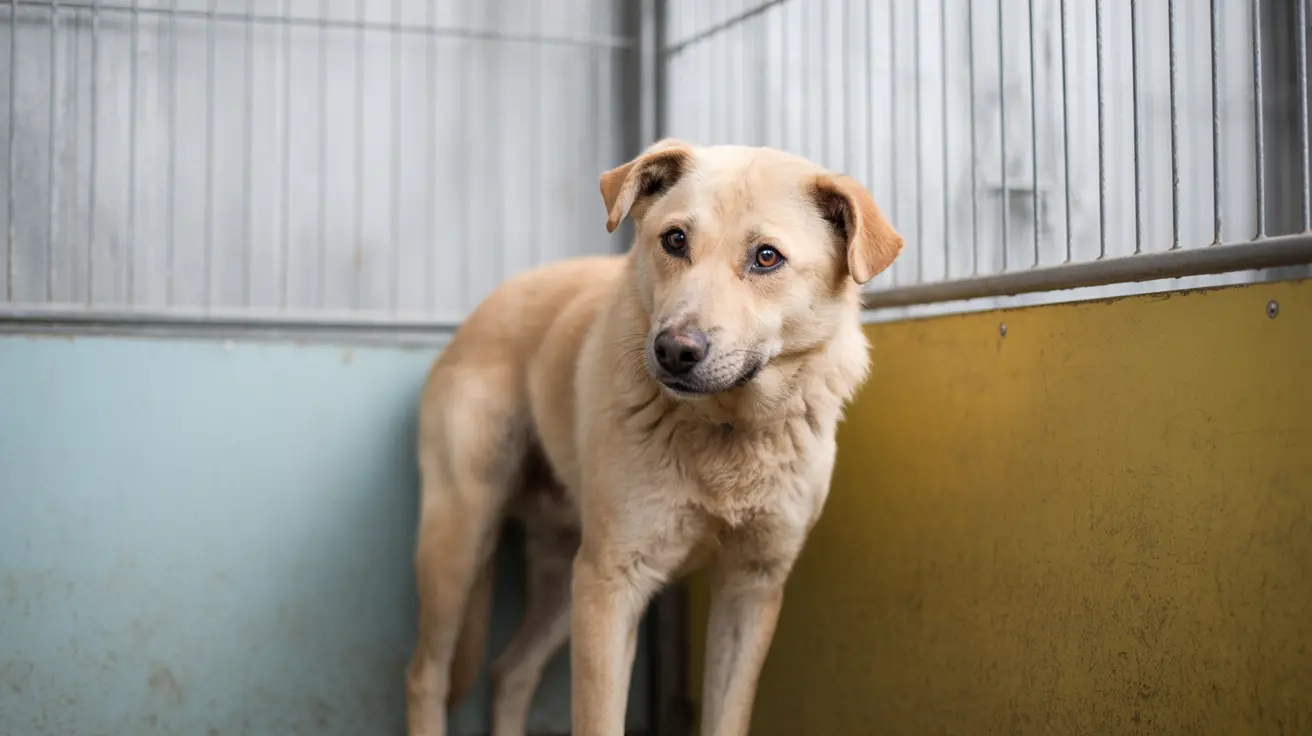How to Protect Your Dog from Bee Stings
Bee stings are a common hazard for curious dogs, especially those that love to explore gardens or chase flying insects. While most stings cause only mild irritation, some can lead to serious reactions. Protecting your dog starts with understanding risks and taking practical steps to minimize exposure.
Why Dogs Get Stung
Dogs are naturally inquisitive—many will snap at buzzing bees or investigate flowering plants where bees gather. Common sting sites include the feet, nose, and mouth. Stings inside the mouth or throat are particularly dangerous because swelling can block airways.
Prevention Strategies
- Discourage Chasing: Teach your dog not to chase or snap at bees and wasps. Use positive reinforcement for calm behavior around insects.
- Avoid High-Risk Areas: Steer clear of gardens with lots of flowering plants during peak bee activity (often midday in spring and summer).
- Check for Nests: Regularly inspect your yard for beehives or wasp nests. If you find one, have it removed by professionals—never attempt this yourself.
- Limit Outdoor Time: Keep your dog indoors when bees are most active, especially if they’ve had reactions before.
- Remove Food Promptly: Don’t leave food or treats outside; these attract bees and wasps.
Training is key—recall commands can help you call your dog away from swarms or hives quickly. Some owners use distraction techniques like toys or treats when their pet shows interest in insects.
What To Do If Your Dog Gets Stung
If prevention fails and your dog gets stung, stay calm. Most stings cause mild pain and swelling but resolve without treatment. However, knowing how to respond is crucial:
- Remove the Stinger: Scrape it out gently with a credit card or fingernail—don’t squeeze it as that injects more venom.
- Bathe the Area: Use cool water to clean the sting site.
- Apply Ice: Wrap an ice pack in a towel and apply for up to 20 minutes to reduce swelling and discomfort.
- Baking Soda Paste: For bee stings (acidic), apply a paste of baking soda and water; for wasp stings (alkaline), use vinegar if advised by your vet.
- No Antihistamines Without Vet Approval: Never give human antihistamines unless instructed by your veterinarian—some types are dangerous for dogs.
If the sting is in the mouth, throat, nose, or head—or if multiple stings occur—seek veterinary care immediately since swelling can block airways rapidly. Monitor for allergic reactions: difficulty breathing, pale gums, vomiting, diarrhea, collapse, or severe swelling all require urgent attention.
Recognizing Allergic Reactions
Anaphylactic shock is rare but life-threatening. Signs include weakness, drooling, vomiting soon after the sting, pale gums, seizures, collapse, or sudden aggression. These symptoms may appear within minutes but sometimes take longer—watch closely for at least an hour after any sting.
Caring For Your Dog After a Sting
- If no allergic reaction occurs within an hour, focus on comfort: remove the stinger (if present), use cold compresses to ease pain and swelling, discourage scratching (an Elizabethan collar may help), and monitor closely for delayed symptoms.
- Your vet may recommend an oatmeal bath if there are multiple stings causing widespread discomfort.
The Role of Your Veterinarian
Your vet is your best resource for advice on treating bee stings safely at home versus when emergency care is needed. They’ll advise on safe antihistamine types and dosages if appropriate—and provide emergency treatments like steroids or adrenaline in severe cases.
Avoiding Future Stings
- Deter insect-chasing behavior with training and redirection.
- Avoid letting your dog roam in areas known for high bee activity without supervision.
- If you live where bees are common year-round, consider professional pest control services to manage hives near your home safely.
Taking these precautions helps keep your furry friend safe from painful—and potentially dangerous—bee encounters. Stay alert during walks and playtime outdoors; quick action makes all the difference if a sting does happen!





